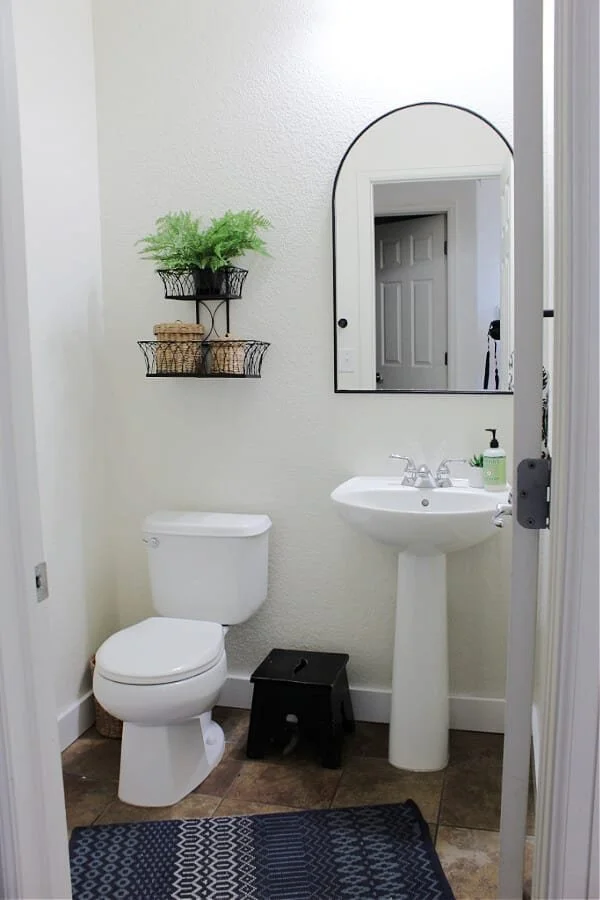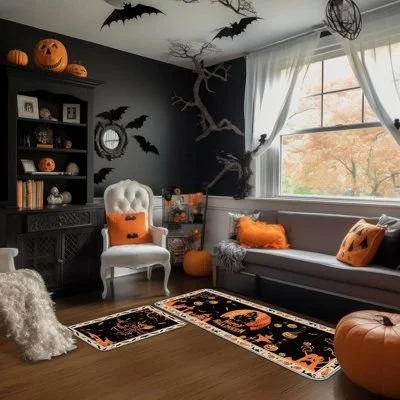The Impact of Solar Panel Placement on Building Performance and Energy Efficiency
RH Business Marketing Solutions
In the world of sustainable design, solar panels have emerged as an important aspect of energy efficiency and environmental responsibility. Yet, a simple solar panel installation isn't enough. The placement of these panels is crucial in maximising their efficiency and, by extension, the overall performance of the building. Properly placed solar panels can significantly reduce energy costs, improve the building's carbon footprint, and even enhance its market value.
Why Placement Matters
It might seem that once solar panels are installed, the job is done, but the reality is far more nuanced. The placement of solar panels directly influences their ability to capture sunlight effectively. This, in turn, affects the amount of energy they can generate. Buildings with optimally placed solar panels can see a marked improvement in energy efficiency, leading to lower utility bills and a more sustainable operation.
The optimal placement of solar panels isn't just about facing them towards the sun; it's about considering the angle, the geographical location, and even the architectural design of the building itself. For businesses, this translates to better energy management and, ultimately, cost savings—without any sacrifice in power availability.
Solar Panel Orientation and Tilt
One of the most important aspects of solar panel placement is their orientation. In the Northern Hemisphere, panels should generally face south to capture the most sunlight throughout the day.
It should be noted though that the outright maximisation of energy generation may not be the best design strategy for customers needs. By placing 100% of the solar panels facing due south, it could create a spike of generation in the middle of the day where most of it will be exported. A better design would be to place a proportion of the panels facing east and a proportion west. The overall generation will be less that for a system with 100% south facing panels but the midday spike will be much reduced and there will be more usable power in the morning and afternoon. This will increase solar self consumption which will further improve the financial performance of the solar panels.
The tilt of the panels is equally important. A steeper tilt is better for higher latitudes, where the sun is lower in the sky. Conversely, a shallower angle works well in regions closer to the equator. The goal is to position the panels at an angle that maximises their exposure to direct sunlight, ensuring that they operate at peak efficiency throughout the year.
Whilst the most efficient tilt angle is said to be 30 to 40 degrees, this is often not achievable on a roof top because such a steep angle will create dynamic wind loads beyond the structural strength of the building. This means analysis is required to arrive at the optimum trade off between generation goals and ‘build ability’. This is where an experienced solar designer is essential.
The Role of Building Design
The design of the building itself plays a critical role in solar panel placement. Flat roofs offer more flexibility, allowing panels to be positioned at the ideal angle and orientation. However, not all buildings have this luxury. Sloped roofs, for example, might limit placement options, making it essential to carefully consider the angle and direction of the roof during the design phase.
For buildings with limited roof space, innovative solutions such as building-integrated photovoltaics (BIPV) can be used. These systems integrate solar panels directly into the building materials, such as roof tiles or facades, allowing for efficient energy generation without compromising the aesthetic or structural integrity of the building.
Shading and Obstructions
Shading is another crucial factor to consider when placing solar panels. Even partial shading from nearby trees, buildings, or other structures can significantly reduce a solar panel's efficiency. This is because most solar panels are wired in series, meaning that shading on one part of the panel can affect the entire array.
To mitigate this, it's essential to conduct a thorough analysis of potential shading throughout the year. This includes considering the angle of the sun during different seasons, as well as any potential future developments that could obstruct sunlight. In some cases, advanced technologies like microinverters or power optimisers can be used to minimise the impact of shading on overall energy production.
Seasonal and Climatic Considerations
Different seasons bring varying levels of sunlight, and this should be factored into solar panel placement. In regions with long winters or heavy cloud cover, the benefits of solar energy can still be significant, but the placement must account for the lower levels of sunlight. For example, increasing the tilt angle of the panels during winter months can help maximise sunlight capture when the sun is lower in the sky.
Similarly, in hot climates, solar panels can be used to provide additional benefits beyond energy generation. For instance, panels can be strategically placed to provide shade, reducing cooling costs for the building. This dual benefit makes solar panel placement a key component of a building's overall energy strategy.
The Impact on Building Performance
When solar panels are optimally placed, the benefits to building performance are substantial. Not only does the building become more energy-efficient, but it also becomes more resilient to energy price fluctuations and supply issues. This stability is particularly valuable for businesses, where energy costs can represent a significant portion of operational expenses.
Moreover, buildings with well-placed solar panels often see an increase in property value. As energy efficiency becomes a more desirable feature, especially in commercial real estate, the ability to generate renewable energy on-site becomes a selling point. This is particularly true in markets where sustainability and green building certifications are highly valued.
Strategic Solar Panel Placement
In conclusion, the placement of solar panels is not just a technical consideration but a strategic one. Proper placement enhances energy efficiency, reduces costs, and contributes to the overall performance of the building. By considering factors such as orientation, tilt, shading, and building design, businesses can maximise the return on their investment in solar energy.
For those looking to incorporate solar energy into their building design, it's clear that placement is key. Whether you're retrofitting an existing structure or designing a new building, thoughtful solar panel placement will pay dividends in terms of energy savings and environmental impact. The future of sustainable design is bright, and with the right approach, solar panels can play a central role in powering it.

















